Theodora Lupus, Great Librarian
Founder of the Great Library
Lady Theodora Lupus
Haven't you ever wondered why there isn't a Werewolf House? I mean, there should be, right? We've got every other Werebeast under the sun... Well, there was. And they got wiped out during the Inquisition. One of the last of them founded this Library.Theodora Lupus was a Literomancer and Werewolf, the last surviving scion of House Lupus, a once powerful, and extremely influential, Eastern European Great House. She rose from horror and tragedy to become the founder of the Great Library, and the first Great Librarian, thus laying the foundation for the future of Literomancy.
Physical Description
Body Features
From her portraits, Theodora appears to have been tall and willowy, with a graceful demeanor like a dancer.
Identifying Characteristics
People acquainted with Lady Theodora in her time often wrote about the intensity of her ice-blue eyes.
Her eyes haunt me. They were the eyes of a hunting beast, like a stooping hawk, or a chasing hound. I trembled in their fierceness.
Special abilities
Lady Theodora documented her own ability to shapeshift into wolf and half-wolf form. She also developed several magical methods of preserving documents, and Queen Sable consults her notes on magical warding.
Mental characteristics
Personal history
Wolf and Witch
Lady Theodora was born to House Lupus in Livonia in the early 16th century. She was the eldest of three daughters, and sadly, was born at a time in which being a literomancer, and a werewolf to boot, was an ill-fated birth. The Inquisition was in full swing in Europe, and Livonia was one of the most active nations for werewolf witch trials. Being both werewolves, and witches, House Lupus was particularly hard hit by the literomantic purges. They were once extremely powerful and influential in the Baltic and Slavic nations, but by this time, after many years of persecution by invading forces loyal to the Church, they were much reduced. Livonia was one of the last holdouts that protected and valued their literomancers. The peasantry of Livonia still held strongly to the local Pagan beliefs, so the Church fathers and Baltic nobility of the land purged such beliefs harshly. House Lupus was seen as a particularly dire threat. For most of Theodora's young life, her family was at war with somebody or another. Different Baltic lords would seek to control her family's land, and would look for Church sanction to do it. Over time, most of Theodora's uncles were killed in battle, and many of her aunts were burned at the stake. Their vast libraries were stolen, and for the most part, burned.Visionary
Theodora saw the writing on the wall. She knew it was only a matter of time before her family, and possibly even all literomancers, were swept up in the coming tide. But she also knew that this time of persecution would pass.In the course of history, all things wax and wane, like the moon or tides. This is a waning time for the Art, but there will come a time when it waxes once again. Those who come after us will need whatever we can give them of what we have learned. The Church seeks to destroy all knowledge of the Art. Therefore, I must make it my purpose to preserve it.Theodora determined that the best thing she could do for future generations of literomancers would be to establish a hidden, isolated, and warded repository of future knowledge, somewhere that was unlikely to be directly disturbed much in territorial disputes. As a werewolf, she was undeterred by cold climates, and she began looking to northern territories, the farther north the better, as possible sites for her future vault of knowledge.
I think what she really wanted was the Fortress of Solitude. But Iceland was the best she could do. Her journals say she considered Russia too, but "it was full of Russians." And I think Siberia was just too far away.With the Danes cracking down on Icelandic trade, and increasingly taking steps to enforce their traditional control, Iceland was one of the few places in Europe in the process of becoming more, rather than less, isolated. With her family's blessing, she paid Dutch smugglers an exorbitant sum to transport herself, construction supplies, furniture, and the entire contents of the Lupus family library, to Iceland to begin creation of what would eventually become known as the Great Library in 1542.
So now we have a founding date. Good to know.
Diplomat
She then sent her loyal literomancer bodyguards, who had been originally recruited from the Varangian Guard in the Byzantine Era, and were still known by that name to House Lupus, to take magically sealed letters to each of the other known Great Houses, friend and foe, inviting them to do the same. At first, her efforts seemed to gain little traction, as many literomancers were still in relatively strong positions at that time, and viewed this age of persecution as a fleeting fancy that would soon pass. Exceptions existed, however, especially among House Avis and House Lapin, who had a history of persecution. House Avis sent Werebirds to Theodora to aid in transport of materials, and House Lapin sent literomancers to aid in the library's construction, along with copies of most of their significant materials produced by printing press — or at least, most of their materials that did not reveal House secrets.Theodora was a genius. I have no idea how she made things so much bigger on the inside than the outside! And I can't even begin to decipher the complexity of her warding enchantments. I have much to learn. I'm not worthy.
Warrior
In 1544, with the essential construction of the Great Library completed, Theodora received word from a friend among the Dutch smugglers she had hired that her family's castle in Livonia was under siege. An Avisan friend carried her by air in her wolf form to come to her family's aid, but she arrived just too late. Her father had been slain in battle, and the ashes of her mother and sisters were still smoking at the base of the stakes they'd been burned at. Theodora wrote in her extensive journals that she does not remember what happened next, but when she came back to herself, the castle was a scorched ruin, there were bodies of Church-loyal knights everywhere, most of the keep had been shattered by cannon fire, and there was blood in her mouth.Perhaps there is some truth in what they say about werewolves after all. Many of the dead had the marks of beasts upon them. I cannot imagine the savagery I must have shown. I am glad I do not remember.
Leader
In the aftermath, Theodora realized that her mission had just become even more important. She warded the ruins of the Lupus castle with "prototypes" of some of the wards that would eventually be woven into the web of enchantments on the Great Library, and continued to live by hunting in the wreckage for several months. In that time, she wrote to the other Houses again, telling them what had happened, and explaining that she would now dedicate the rest of her life to establishing a stronghold of literomancy.You should have no concern for my House loyalties. I have none. I no longer have a House to be loyal to. My loyalties are now to all literomancers. I know our Houses have had our disagreements, but I beg you to put these aside. I have no designs on your power or your secrets. I simply wish to preserve and guard as much knowledge of the Art as I possibly can. If you will share copies of your materials for the collection, I will help you to finance the expedition.This moved the Houses as her previous requests had not, and House Meles, House Apis, House Chiroptera, and The Missing House took her up on her offer. Other Houses either were out of contact, such as House Mollusca and House Sauropoda, or did not exist yet. Lady Theodora spent the remainder of the Lupus fortune aiding in the financing of these expeditions, or outfitting the Library.
Peacemaker
As word of the Library's existence began to spread among literomancers, and many began to have dealings with Theodora to share their archives, it also developed a reputation as neutral ground to discuss matters that concerned them all. House Avis and House Meles requested permission to negotiate a peace treaty between them at the Great Library, and Theodora was happy to permit this. After that, doing so became something of a tradition.Refuge Keeper
The Danish grip began to close around Iceland over the next several years, and the Great Library became even more isolated. This, in many ways, was in accordance with Theodora's wishes, but it also made accessing the Library more difficult for literomancers. As persecution increased throughout Europe, however, literomancers began to seek the Library not only as a place to store their archives, but also as a refuge. Lady Theodora opened her doors to all literomancers, as long as they wished to help her categorize and archive the Library. Inspired by her example, the Great Houses began to look more to their Librarians as a type of spiritual leadership among literomancers.Final Days
At some point before her death in 1601, Theodora led a ritual to place a ward on the Library so that only literomancers could ever find it. The cause of her death is not recorded.I don't know how she did it, but it's brilliant, and I mean to find out eventually.Over time, as literomancy waned, information on the location of the Library was lost, and even its existence was forgotten... until Houses Lapin and Chiroptera discovered references in their House Libraries, almost simultaneously, in late 2021, just before The Second Word War. When Queen Sable and Queen Siobhan the Writer came there to negotiate the truce that led first to the Babbit Alliance, and then the Grand Alliance, it opened its doors to them, untouched by the centuries, as if it had been waiting for them.
Representation & Legacy
While Theodora Lupus did not found the Order of Royal Librarians, this being an extremely modern invention mandated by The Iron Tome, she did establish an informal brotherhood of House Librarians, dedicated to preserving knowledge above all. Their focus on this purpose established their reputation among literomancers, such that it became a tradition for House Librarians to coronate the House Leaders, and if they refused to do so, it was considered a sign of their unworthiness to lead. The Great Library was used for almost a hundred and fifty years as a neutral ground with which to broker treaties and agreements between the Great Houses, and is once again being utilized for this purpose, along with other gatherings that concern the Houses as a whole. It remains one of the world's greatest repositories of literomantic knowledge, some of which is available nowhere else.WIP
Streamer
Missing
Status: Location Unknown
Deceased
Status: Deceased Character
Retired
Status: Retired Character or Article

Alignment
Lawful good
Species
Ethnicity
Date of Birth
April 1
Life
1524
1601
77 years old
Birthplace
Livonia, Neutral Territories
Place of Death
Children
Pronouns
she/her
Sex
female
Presentation
feminine
Eyes
blue, intense
Hair
long, straight, dark brown
Skin Tone/Pigmentation
pale white skin, sleek silver grey fur
Belief/Deity
Livonian Pagan
Aligned Organization
Other Affiliations
Theodora Lupus' Code of Conduct for the Great Library was the basis for the Code of the Order of Royal Librarians (2025)
At the Great Library, we are dedicated to the preservation of knowledge. We are dedicated to the sharing of knowledge that is of benefit to all literomancers. We are devoted to the Art of Literomancy, and seek to further Literomantic knowledge wherever possible. We value original works, and seek to preserve them whenever possible, as well as creating copies to preserve the knowledge they contain. We value original authorship, and properly credit knowledge. We acknowledge the rights of the Great Houses to claim and keep ownership of their creations. We archive and classify Literomantic knowledge in an accurate and timely manner. We do this without bias. We make knowledge available within the Great Library to all literomancers. We recognize that some knowledge, particularly in Literomancy, is dangerous, and distribute such knowledge only if it is safe to do so.


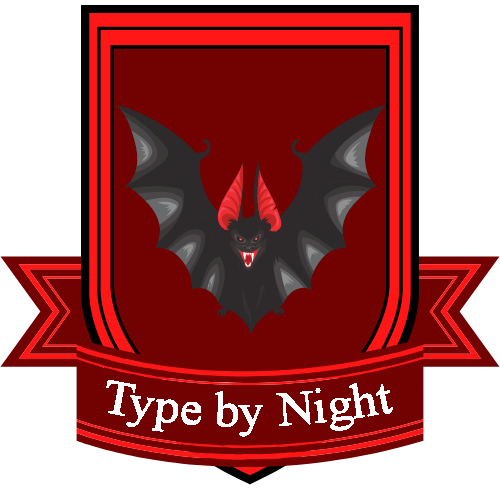





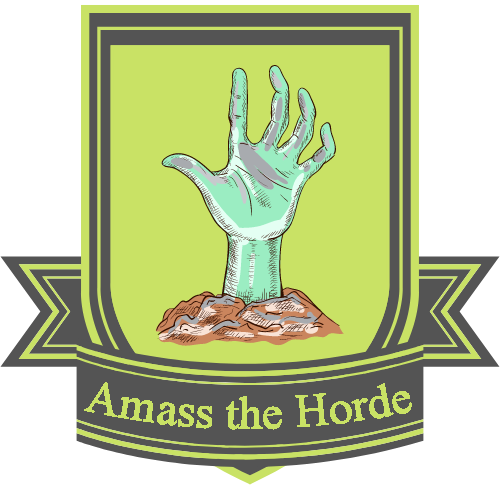

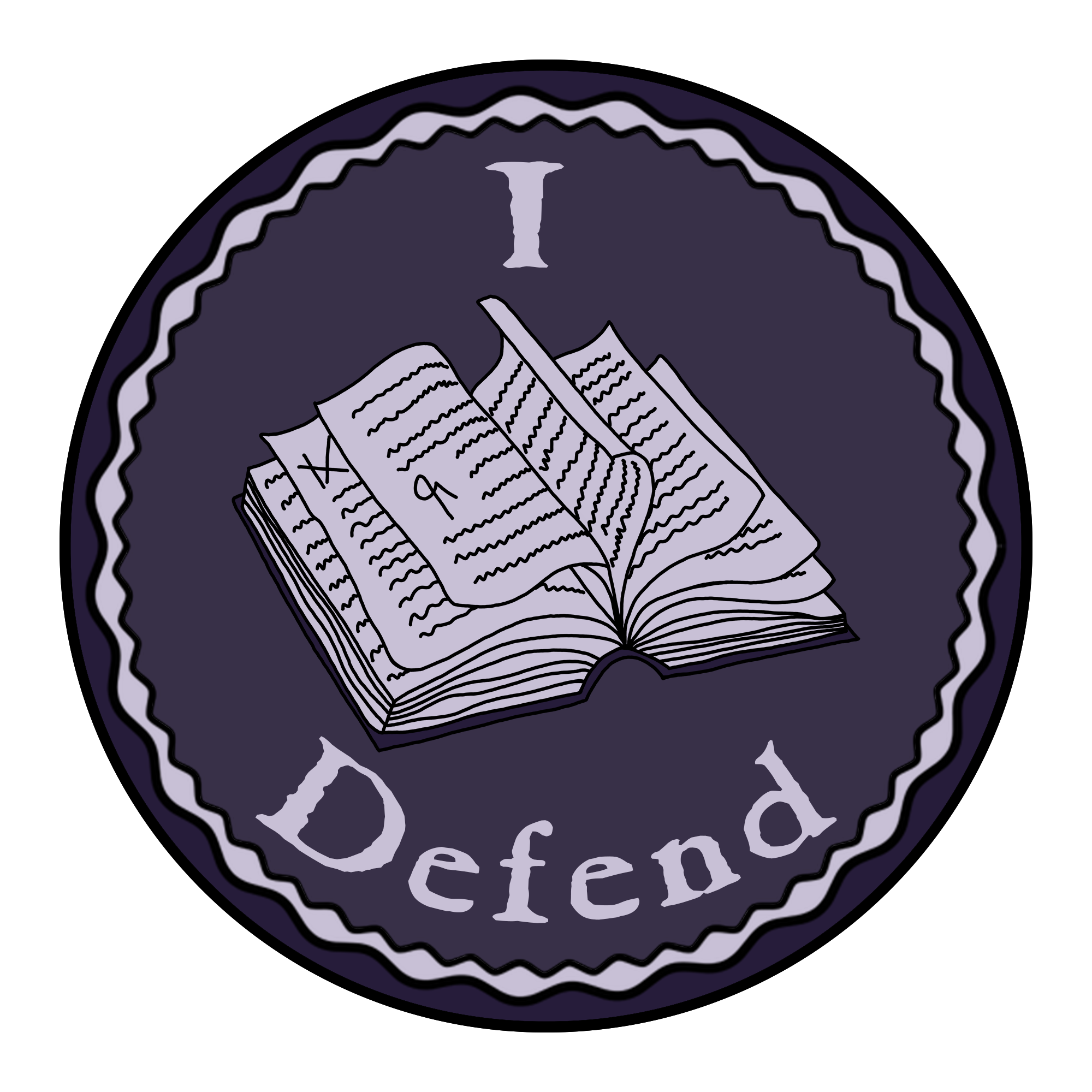


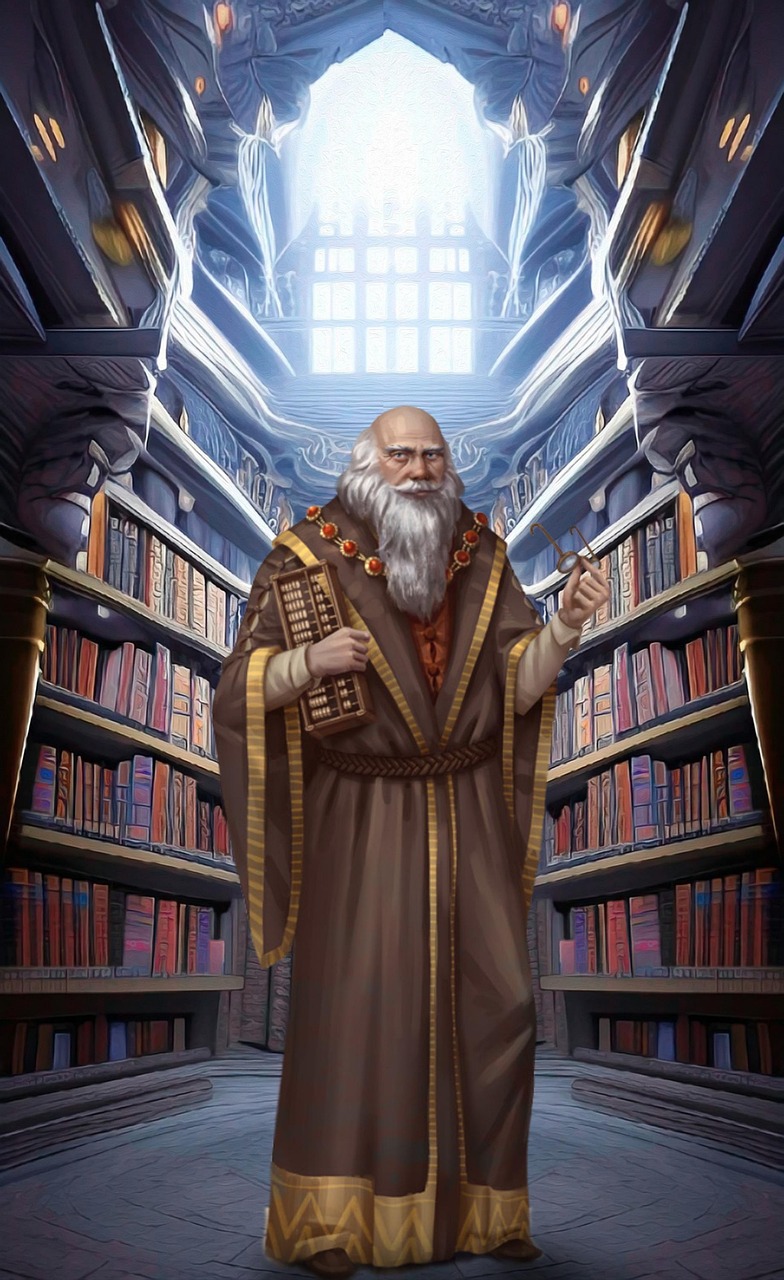
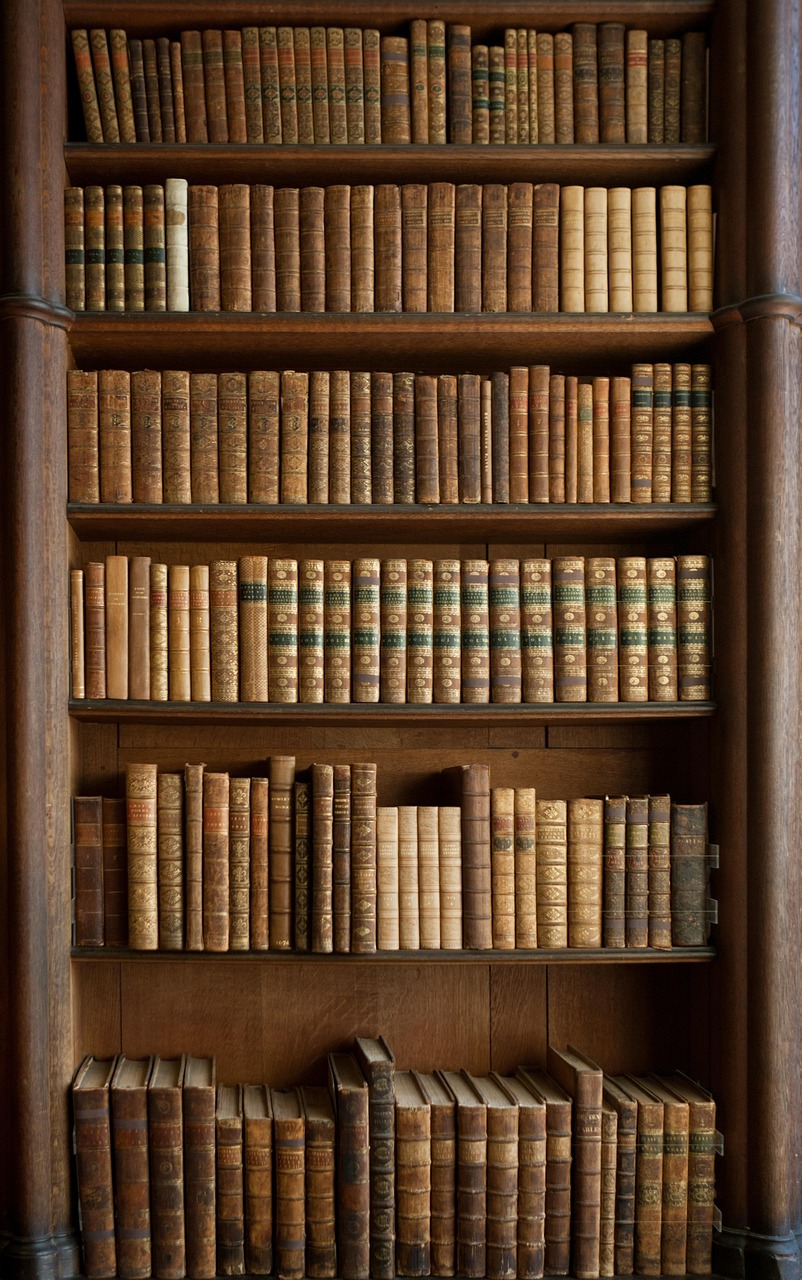



Comments